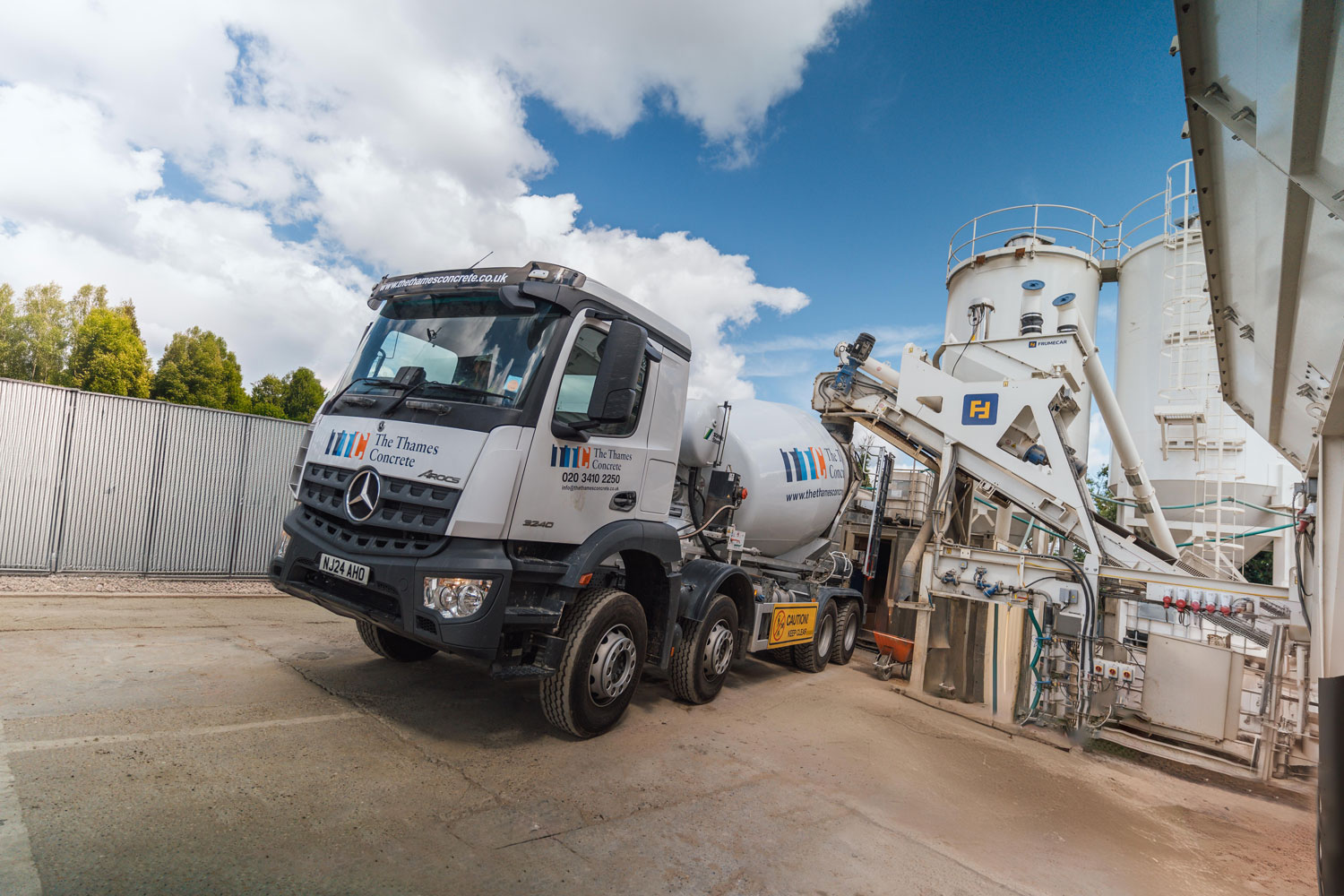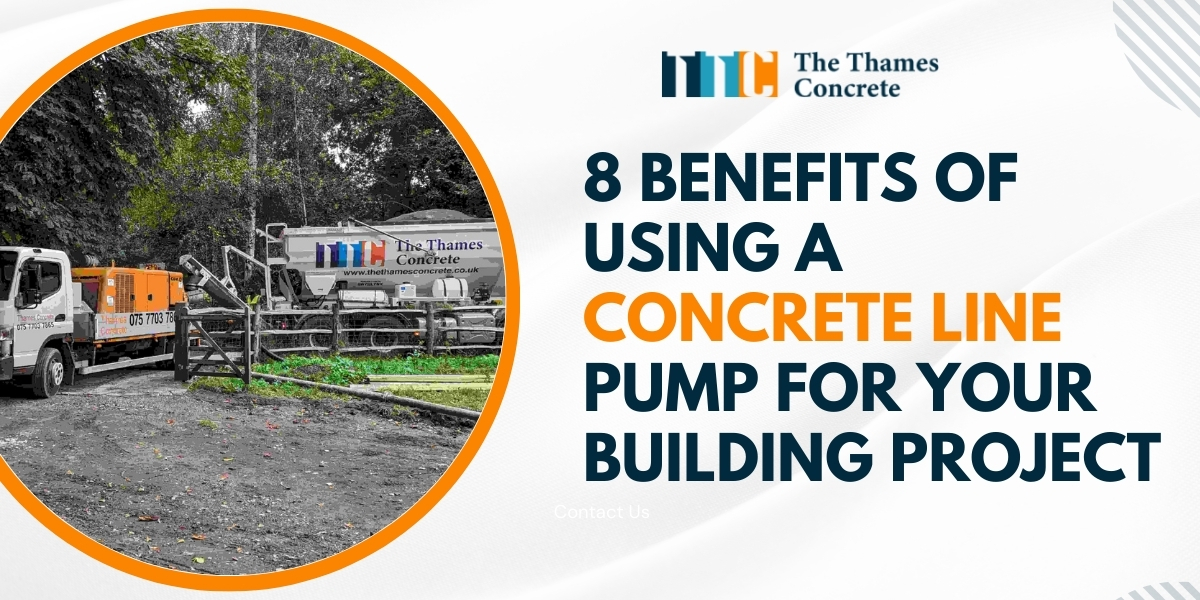
Laying Flooring Over Screed: How Long Should You Wait?
If you’re laying new flooring, screed is essential for creating a smooth, level surface. But once it’s laid, you can’t then jump into the next stage and begin installing flooring; it must be given enough time to dry properly.
The world of construction can be stressful with lots of moving parts and deadlines to consider, so you may be tempted to skip this step. However, by not waiting the appropriate amount of time, you risk running into more significant – not to mention expensive – issues further down the line. So, how long should you wait for screed to dry? The team at The Thames Concrete is here to answer your questions.
Why does screed need time to dry?
Screed is a mixture of sand, cement and water that is applied in a thin layer on top of a concrete sub-base. This then forms an even, uniform surface that the final flooring material – such as tiles, wood, vinyl and more – can be laid on top of.
As screed contains water, it must be allowed time to dry; otherwise, the moisture can become trapped, which can cause the flooring to warp, mould or come away entirely. Letting the screed dry also ensures that it can cure properly and reach its maximum strength, resulting in a more durable, long-lasting surface.
How long should you wait before laying flooring on screed?
It’s hard to give a universal answer as screed drying times can vary depending on a number of factors that we’ve covered in more detail. However, the general rule of thumb is that, under ideal conditions, screed sets within 24-48 hours and dries at a rate of 1mm per day.
It’s important to bear in mind that, while screed may have set enough to accommodate light foot traffic, it may not have fully cured yet and might require longer to ensure it can safely accommodate heavier loads and flooring installation.
Key factors that influence screed drying time
Environmental conditions: Warmer temperatures, low humidity levels and good ventilation can accelerate the screed drying process, while colder, damper conditions slow it down by preventing the moisture from properly evaporating. The optimal temperature is typically considered to be around 20°C.
Type of screed: Not all screeds are the same, which means their drying times aren’t either. Different types of screed – such as sand and cement screed, liquid screed and anhydrite screed – have different mix ratios and properties which affect how long they take to dry.
Thickness of screed: As you might assume, a thicker layer of screed will take longer to dry than a thinner one, as it contains more moisture.
Additives: Some screed mixes may contain certain accelerating additives that will speed up the drying process.
Sub-base conditions: If you lay your screed on top of a damp or poorly prepared concrete sub-base, this can delay the drying process. Thankfully, when you work with a trusted concrete supplier like The Thames Concrete, this doesn’t have to be a concern.
How to test if the screed has dried
– You can lightly press on the screed to ensure it is firm to the touch.
– For a simple and effective method, tape a clear plastic sheet to the screed and leave it; if moisture has formed after 24 hours, then it has not dried.
– Use a moisture meter to detect the level of moisture present in the layer of screed.
– You can carry out a moisture content test by using a hygrometer to measure the humidity inside the screed.
If you’re in need of quality screed for your next project in West London, Middlesex, Berkshire, Buckinghamshire or beyond, The Thames Concrete is the team to call. Backed by years of experience, our experts will ensure a smooth, durable finish for your concrete flooring – contact us to find out more.















